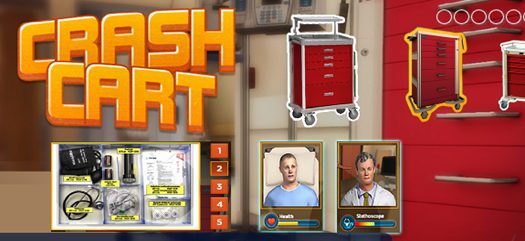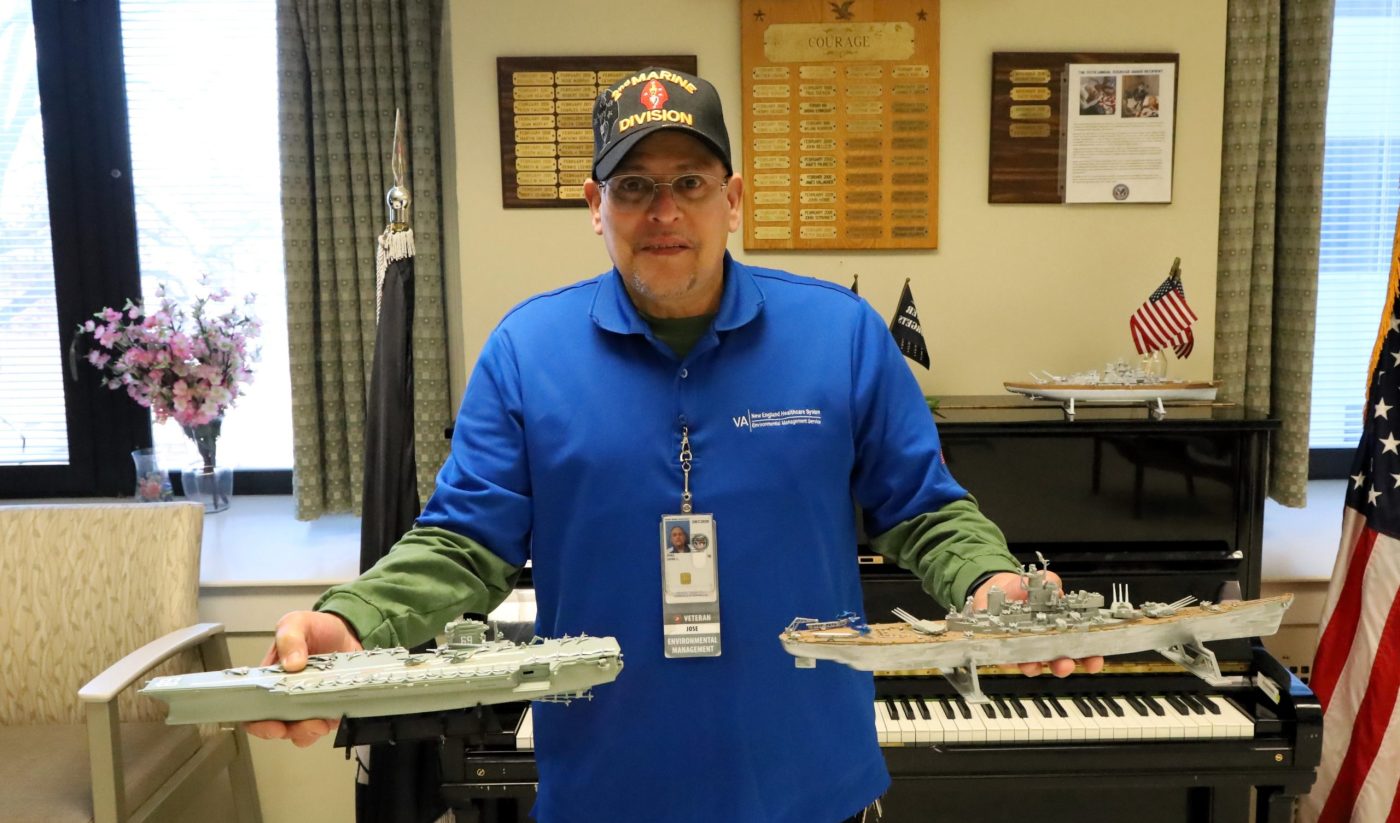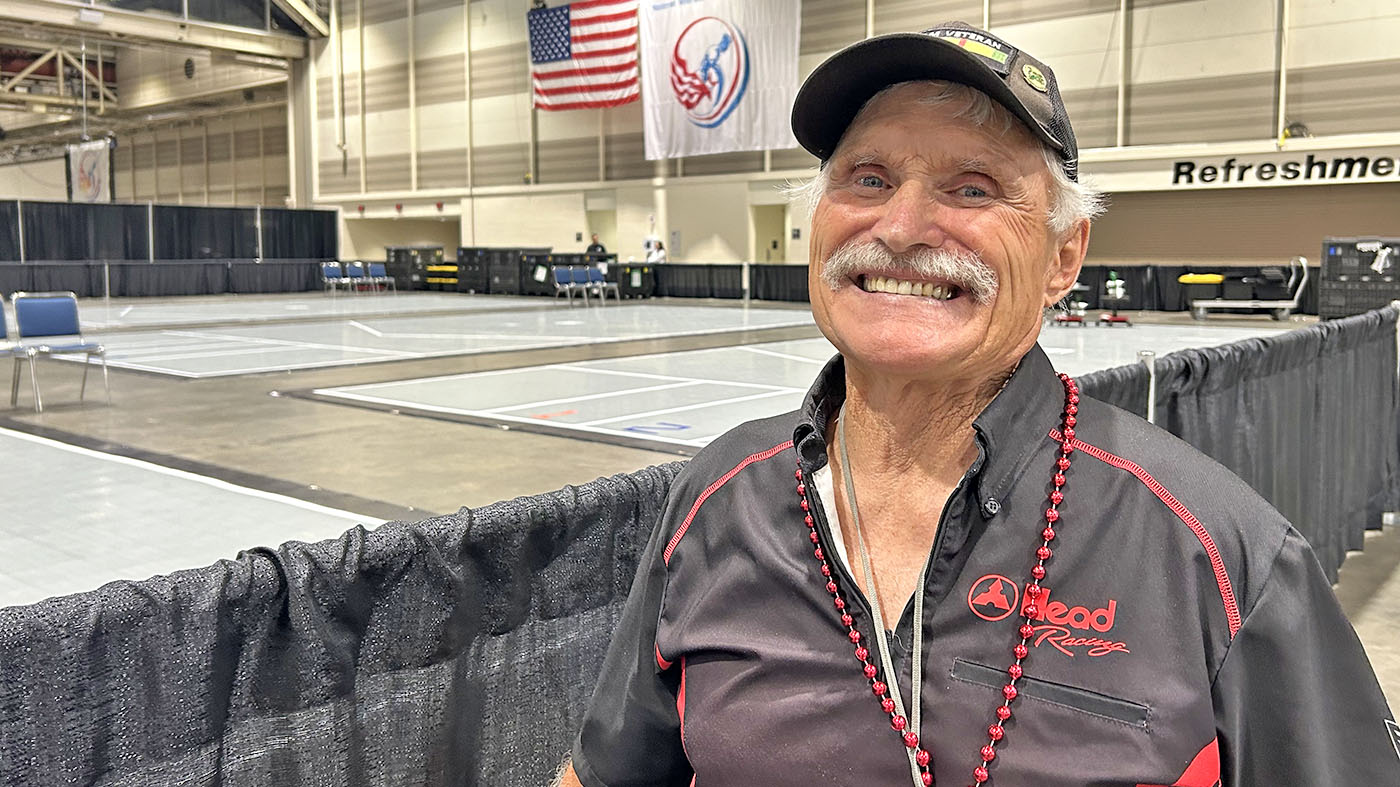A crash cart is a set of drawers on wheels used in hospitals for transportation and dispensing of emergency medication and equipment at the site of a medical emergency to help save someone’s life. You can see one in the graphic on top of this blog.
The contents of a crash cart vary from hospital to hospital, but typically contain the tools and drugs needed to treat a person in cardiac arrest.
VHA trains clinical staff to use a crash cart with a unique educational game-based learning program called, appropriately enough, Crash Cart. And the technology community that monitors these types of programs thinks we are doing it very well!
It was this VHA health care educational gaming product, Crash Cart, that was named runner up at the 6th Annual Serious Games and Virtual Environments Arcade and Showcase in January at the International Meeting on Simulation in Healthcare (IMSH).
In December, it also was a finalist at the 2015 Interservice/Industry Training, Simulation and Education Conference (I/ITSEC) Serious Games Showcase and Challenge, the largest simulation-focused conference in the world.
Serious Game Based Training
Crash Cart uses current evidence-and-game-based research to provide effective training for staff in handling medical equipment and supplies in a standardized way in emergency situations.
In the game, participants interactively learn to identify, place, select and apply specific medications, tools, instruments and support equipment in standardized locations based on function and within individual, customizable crash carts.
There are three specific crash cart designs for this educational game: the general crash cart, the difficult airway crash cart and the malignant hyperthermia crash cart. Planned updates to the game include adding several more customizable crash carts.
“A few minutes can mean the difference between life and death and trying to find necessary equipment and medications in an unfamiliar crash cart can cost valuable minutes. The Crash Cart simulation game offers nurses a safe, on-demand way to become familiar with emergency equipment and medications to improve the timeliness, accuracy, and consistency of emergency response and improve the survival rates of our Veterans,” according to Donna Gage, Chief Nursing Officer
Motivates Staff to Solve Health Care Problems
The application uses game design elements of rules, structured play, challenges and competition, along with visual and audio aesthetics, to immerse and motivate participants to actively use cognitive processes to solve the emergency crash cart’s various technical, pragmatic layout and functional health care problems.
Crash Cart avatars also provide immediate formative feedback on a participant’s performance level, and provide a final recorded summative score. In addition, VHA facility-specific internal leaderboard scores provide for multi-player competition.
Veteran Care is the Sole Focus
“Educational gaming and simulation training plays a key role in the advancement of the knowledge, skill and technique of our medical providers to improve the care of our Veteran patients,” said Jim Warner, VHA Chief Learning Officer. “Improving the care we provide to Veterans is the sole focus of every educational tool we develop.
“I am grateful on behalf of the team for recognition of excellence from two international professional organizations and look forward to completing more innovative products for the educational benefit of those who serve Veterans,” said Leslie Dubow, VHA’s Employee Education System Associate Director for Educational Gaming.
Educational Gaming provides employee engagement opportunities with new educational products using gaming technology. The Crash Cart game is currently only available to VHA staff through the VA Intranet. However, VA plans to make the game accessible to health care professionals outside of the Department of Veterans Affairs later this year.
For more information about SimLEARN, please visit http://www.simlearn.va.gov
The Simulation Learning, Education and Research Network (SimLEARN) is a VHA program for simulation in health care training. The use of innovative technologies in a safe learning environment enhances diagnostic, procedural and communication skills to support quality care and the best possible outcomes.

Topics in this story
More Stories
Army and Marine Corps Veteran started making models after being hospitalized at Connecticut VA.
Veteran Hank Ebert is a bit of a superstar in the National Veterans Wheelchair Games. He has been attending since 1993.
Embrace simplicity and balance during the holiday frenzy! Discover the beauty of self-care and a nourishing meal in this week's #LiveWholeHealth practice.







Crash Carts! Interesting article. Seen them in every civilian hospital I have been in. Have NEVER seen any
at VA clinics I have gone to and have never seen
one at the VA clinic I now go to.
With the money Congress gives the VA, I’m very
surprised that these VA carts are not taking First Place awards where these events take place!
Is it because of the Carts OR the personnel who
are operating them? Would be interesting to see
how many (weekly, monthly, yearly) hours of actual
hands on training that VA employees go through.
Additionally, and just as important, the amount of time spent on maintaining these Carts and the
Qualifications of those that do.
Just because one can start the engine of a vehicle,
it surely doesn’ mean they can drive it.